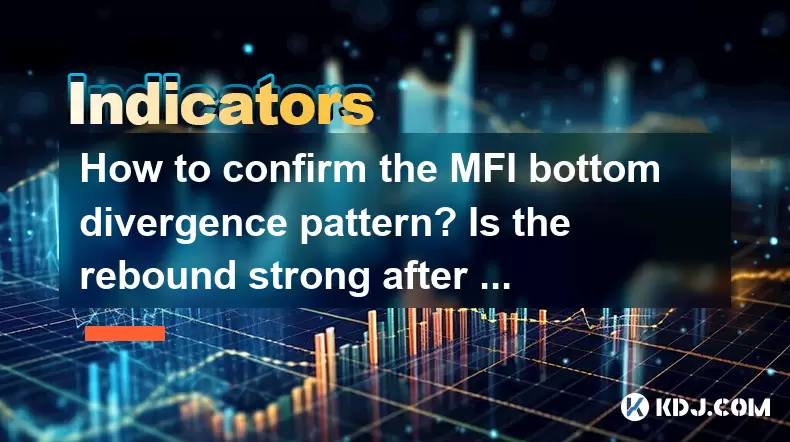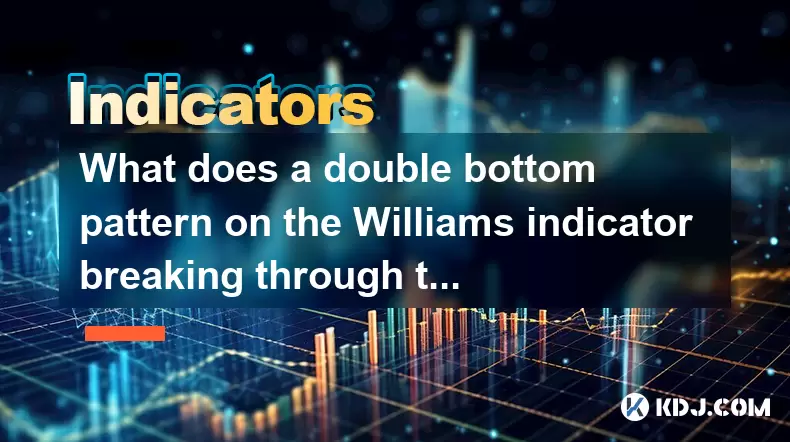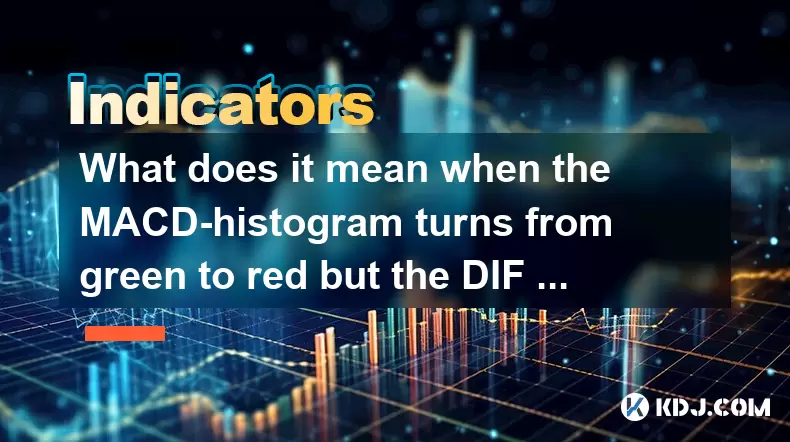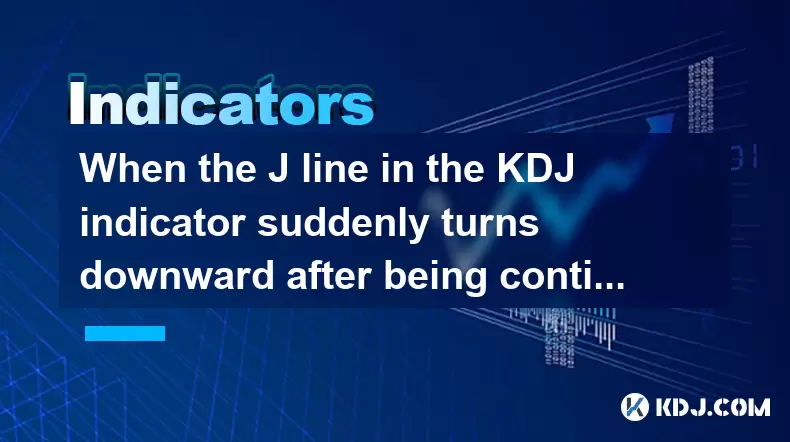-
 Bitcoin
Bitcoin $116400
-0.36% -
 Ethereum
Ethereum $4033
3.40% -
 XRP
XRP $3.302
-1.26% -
 Tether USDt
Tether USDt $1.000
-0.02% -
 BNB
BNB $796.1
1.67% -
 Solana
Solana $177.8
1.89% -
 USDC
USDC $0.9999
0.00% -
 Dogecoin
Dogecoin $0.2314
4.09% -
 TRON
TRON $0.3381
0.14% -
 Cardano
Cardano $0.7989
1.22% -
 Stellar
Stellar $0.4496
-1.84% -
 Chainlink
Chainlink $20.42
9.42% -
 Hyperliquid
Hyperliquid $41.17
0.88% -
 Sui
Sui $3.914
3.77% -
 Bitcoin Cash
Bitcoin Cash $584.7
1.52% -
 Hedera
Hedera $0.2632
-0.54% -
 Avalanche
Avalanche $24.09
3.40% -
 Ethena USDe
Ethena USDe $1.001
-0.02% -
 Litecoin
Litecoin $123.2
1.33% -
 Toncoin
Toncoin $3.318
-0.04% -
 UNUS SED LEO
UNUS SED LEO $8.984
-0.05% -
 Shiba Inu
Shiba Inu $0.00001323
2.85% -
 Uniswap
Uniswap $10.90
4.41% -
 Polkadot
Polkadot $3.999
3.34% -
 Dai
Dai $1.000
0.01% -
 Cronos
Cronos $0.1630
9.64% -
 Bitget Token
Bitget Token $4.484
0.82% -
 Monero
Monero $272.4
2.44% -
 Pepe
Pepe $0.00001173
6.03% -
 Aave
Aave $290.8
2.88%
How to confirm the MFI bottom divergence pattern? Is the rebound strong after the bottom divergence?
MFI bottom divergence signals a potential reversal when price hits a new low but MFI doesn't, often leading to a strong rebound if confirmed by volume and bullish patterns.
Jun 02, 2025 at 12:00 pm

The Money Flow Index (MFI) is a momentum indicator that measures the inflow and outflow of money into a security over a specific period. It's often used by traders to identify potential reversals in the market, and one of the key patterns traders look for is the MFI bottom divergence. This article will guide you through the process of confirming the MFI bottom divergence pattern and discuss the strength of the rebound that typically follows such a pattern.
Understanding the MFI Bottom Divergence
MFI bottom divergence occurs when the price of an asset makes a new low, but the MFI fails to reach a new low. This suggests that the selling pressure is weakening, and a potential reversal to the upside might be imminent. To confirm this pattern, traders need to observe both the price action and the MFI readings carefully.
Identifying the MFI Bottom Divergence
To identify an MFI bottom divergence, follow these steps:
- Monitor the price chart: Look for the asset to make a new low. This is the first point of reference for the divergence.
- Check the MFI: Calculate the MFI over the same period and observe its movement. If the MFI does not make a new low while the price does, this indicates a potential bottom divergence.
- Compare the lows: Ensure that the second low on the price chart is lower than the first low, but the corresponding MFI low is higher than its previous low.
For example, if the price of a cryptocurrency drops to $100 on day 1 and the MFI reads 20, and then the price drops to $90 on day 10 but the MFI only reaches 25, this is a sign of bottom divergence.
Confirming the MFI Bottom Divergence
To confirm the MFI bottom divergence, traders should look for additional signals that support the potential reversal:
- Volume confirmation: A rise in trading volume as the price begins to move upwards can confirm the divergence. Higher volume suggests stronger buying interest.
- Candlestick patterns: Bullish reversal patterns such as hammer, engulfing, or morning star patterns can further validate the divergence.
- Other indicators: Using other technical indicators like the Relative Strength Index (RSI) or Moving Average Convergence Divergence (MACD) can provide additional confirmation. If these indicators also show signs of a reversal, the likelihood of a valid divergence increases.
Analyzing the Strength of the Rebound
The strength of the rebound following an MFI bottom divergence can vary, but there are several factors to consider:
- Magnitude of the divergence: A larger divergence between the price and the MFI suggests a stronger potential reversal. If the MFI is significantly higher at the second low compared to the first, the rebound is likely to be more robust.
- Market context: The overall market conditions play a crucial role. A bullish market environment can enhance the strength of the rebound, while a bearish market might dampen it.
- Volume and momentum: Higher volume and strong bullish momentum during the initial stages of the rebound can indicate a more sustained upward move.
Real-World Examples of MFI Bottom Divergence
Let's look at a couple of real-world examples to illustrate how MFI bottom divergence can play out in the cryptocurrency market:
- Example 1: Bitcoin (BTC) experienced a significant drop in price from $60,000 to $50,000, with the MFI dropping to 15. A few weeks later, the price hit a new low of $48,000, but the MFI only reached 20. This divergence was followed by a strong rebound, with the price climbing back to $55,000 within a month, supported by increased volume and bullish candlestick patterns.
- Example 2: Ethereum (ETH) saw its price fall from $4,000 to $3,500, with the MFI at 18. When the price dropped further to $3,400, the MFI only reached 22. The subsequent rebound was moderate, with the price recovering to $3,800 over two weeks, indicating a less strong but still significant move.
Practical Tips for Trading MFI Bottom Divergence
When trading based on MFI bottom divergence, consider the following tips:
- Set clear entry and exit points: Determine your entry point once the divergence is confirmed and set a stop-loss order to manage risk. Decide on a target price for taking profits based on the strength of the divergence and market conditions.
- Use multiple timeframes: Analyze the MFI bottom divergence on different timeframes to get a more comprehensive view of the market. A divergence visible on both daily and weekly charts is generally more reliable.
- Combine with other analysis: Don't rely solely on MFI divergence. Incorporate fundamental analysis, news events, and other technical indicators to make more informed trading decisions.
Frequently Asked Questions
Q: Can MFI bottom divergence be used for all cryptocurrencies?
A: Yes, MFI bottom divergence can be applied to any cryptocurrency that has sufficient trading volume and liquidity. However, the reliability of the pattern may vary depending on the specific asset and market conditions.
Q: How often does MFI bottom divergence occur in the cryptocurrency market?
A: The frequency of MFI bottom divergence can vary widely. It depends on market volatility, trading volume, and the specific cryptocurrency being analyzed. In highly volatile markets, such patterns might occur more frequently.
Q: Is MFI bottom divergence more reliable in certain market conditions?
A: MFI bottom divergence tends to be more reliable in trending markets rather than in range-bound or choppy markets. In a strong downtrend, a confirmed bottom divergence can signal a significant reversal with higher confidence.
Q: Can MFI bottom divergence be used for short-term trading?
A: Yes, MFI bottom divergence can be used for short-term trading, especially when combined with other short-term indicators and analyzed on shorter timeframes like hourly or 4-hour charts. However, traders should be cautious and use appropriate risk management strategies.
Disclaimer:info@kdj.com
The information provided is not trading advice. kdj.com does not assume any responsibility for any investments made based on the information provided in this article. Cryptocurrencies are highly volatile and it is highly recommended that you invest with caution after thorough research!
If you believe that the content used on this website infringes your copyright, please contact us immediately (info@kdj.com) and we will delete it promptly.
- HAT Token Mania: Price Surges, Crypto Auctions, and Meme Coin Mayhem
- 2025-08-09 11:10:11
- Undervalued Cryptos Primed for a 2025 Takeoff: MAGACOIN, TRX, and SUI Lead the Pack
- 2025-08-09 11:10:11
- Bitcoin Goes to Harvard: Ivy League Embraces Digital Assets
- 2025-08-09 10:50:12
- Bitcoin, BlockDAG, and Toncoin: Decoding the Crypto Buzz in NYC
- 2025-08-09 11:30:11
- XRP, Pi Network, and Binance Listing Buzz: What's the Hype?
- 2025-08-09 11:30:11
- Arctic Pablo Coin: The Meme Coin Presale Promising High ROI in Q3 2025
- 2025-08-09 10:50:12
Related knowledge

What does it mean when the Triple Moving Average (TRIX) turns downward but the price doesn't fall?
Aug 09,2025 at 12:42pm
Understanding the Triple Moving Average (TRIX) IndicatorThe Triple Moving Average, commonly known as TRIX, is a momentum oscillator designed to filter...

What does it mean when the Williams' oscillator repeatedly hits bottoms but fails to rebound?
Aug 09,2025 at 09:28am
Understanding the Williams %R OscillatorThe Williams %R oscillator, developed by Larry Williams, is a momentum indicator used in technical analysis to...

What does a double bottom pattern on the Williams indicator breaking through the 50-day midline indicate?
Aug 09,2025 at 10:56am
Understanding the Williams %R IndicatorThe Williams %R indicator, developed by Larry Williams, is a momentum oscillator that measures overbought and o...

What does it mean when the MACD-histogram turns from green to red but the DIF line fails to form a golden cross?
Aug 09,2025 at 10:15am
Understanding the MACD and Its ComponentsThe MACD (Moving Average Convergence Divergence) is a widely used technical analysis tool in the cryptocurren...

When the J line in the KDJ indicator suddenly turns downward after being continuously overbought, does it indicate a top?
Aug 09,2025 at 06:35am
Understanding the KDJ Indicator and Its ComponentsThe KDJ indicator is a momentum oscillator widely used in cryptocurrency technical analysis to ident...

What does it mean when the TRIX indicator suddenly diverges downward after a long period of convergence?
Aug 09,2025 at 12:56am
Understanding the TRIX Indicator in Cryptocurrency TradingThe TRIX indicator, or Triple Exponential Average, is a momentum oscillator used in technica...

What does it mean when the Triple Moving Average (TRIX) turns downward but the price doesn't fall?
Aug 09,2025 at 12:42pm
Understanding the Triple Moving Average (TRIX) IndicatorThe Triple Moving Average, commonly known as TRIX, is a momentum oscillator designed to filter...

What does it mean when the Williams' oscillator repeatedly hits bottoms but fails to rebound?
Aug 09,2025 at 09:28am
Understanding the Williams %R OscillatorThe Williams %R oscillator, developed by Larry Williams, is a momentum indicator used in technical analysis to...

What does a double bottom pattern on the Williams indicator breaking through the 50-day midline indicate?
Aug 09,2025 at 10:56am
Understanding the Williams %R IndicatorThe Williams %R indicator, developed by Larry Williams, is a momentum oscillator that measures overbought and o...

What does it mean when the MACD-histogram turns from green to red but the DIF line fails to form a golden cross?
Aug 09,2025 at 10:15am
Understanding the MACD and Its ComponentsThe MACD (Moving Average Convergence Divergence) is a widely used technical analysis tool in the cryptocurren...

When the J line in the KDJ indicator suddenly turns downward after being continuously overbought, does it indicate a top?
Aug 09,2025 at 06:35am
Understanding the KDJ Indicator and Its ComponentsThe KDJ indicator is a momentum oscillator widely used in cryptocurrency technical analysis to ident...

What does it mean when the TRIX indicator suddenly diverges downward after a long period of convergence?
Aug 09,2025 at 12:56am
Understanding the TRIX Indicator in Cryptocurrency TradingThe TRIX indicator, or Triple Exponential Average, is a momentum oscillator used in technica...
See all articles

























































































